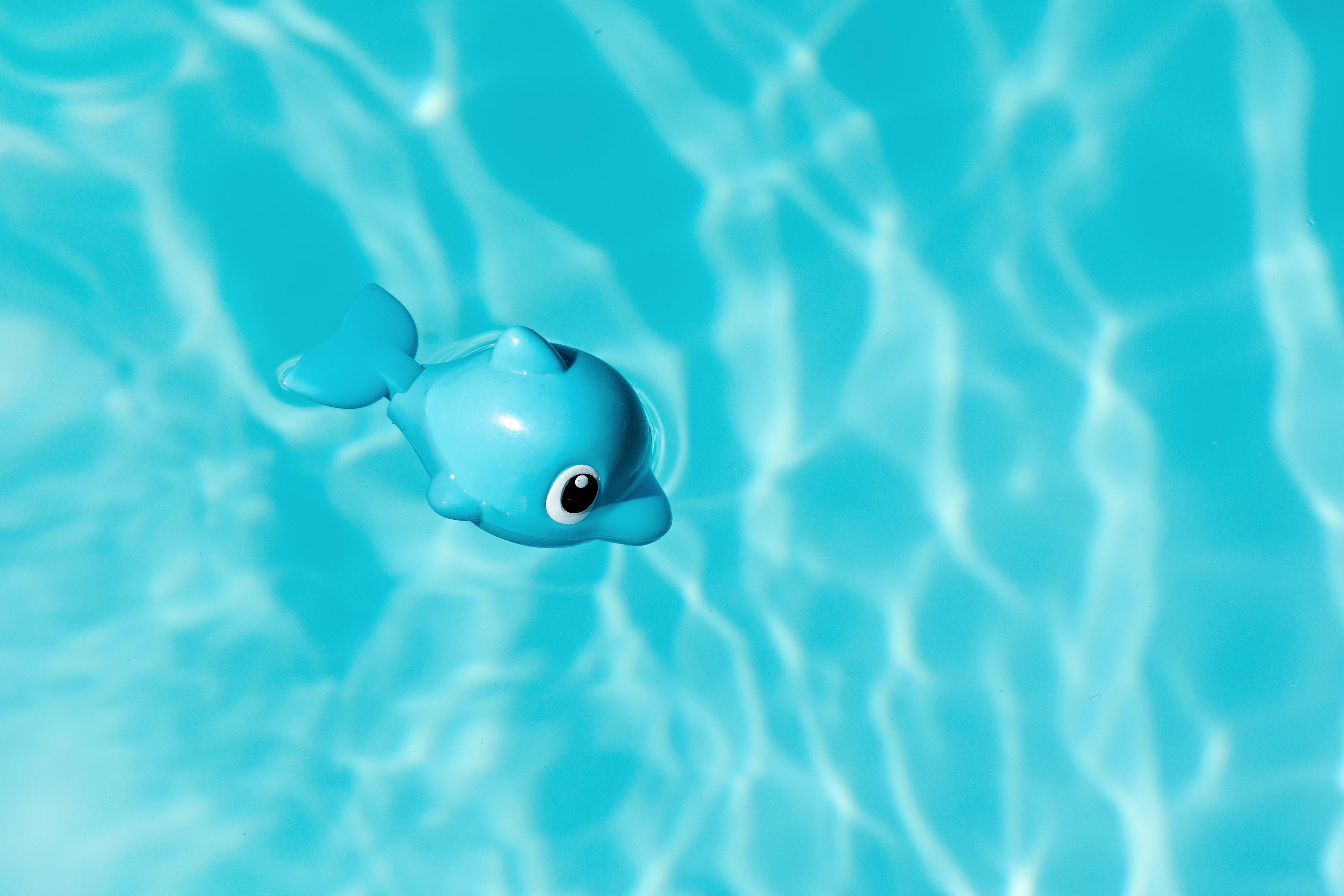Salt-Paint Coral Reefs 🖌️🌈
🎯 Target Skills
- Fine-motor brush control
- Color recognition & mixing
- Early science—absorption & texture
🧰 Materials
- Cardstock or thick paper
- White glue & table salt
- Watercolor paints & brush
- (Household alternative) Cotton buds for painting
- (Household alternative) Food-coloring + water instead of paints
- (Household alternative) Salt packets from takeout
👣 Step-by-Step
- Squeeze glue lines shaped like coral branches. 🪸
- Generously sprinkle salt over glue; shake off excess.
- Dip brush in watery paint; gently touch salt lines—watch color spread!
- Mix new colors to “feed” different corals.
- Observe textures—crunchy salt vs. smooth paper.
- Let it dry; tip the page upright to see sparkling reef.
- Display and name coral colors: “Rainbow Reef Gallery!”
🤗 Parent/Caregiver Guidance
Ask open questions: “What happens if we add more water?” Celebrate experiments, not perfection. If spills occur, model calm clean-up to build resilience.
🧠 Why This Helps
Tracing glue lines strengthens the same finger muscles later used for writing. Watching capillary action introduces basic STEM vocabulary (“absorb,” “spread”).
📚 Research Foundation
- Montessori emphasis on process art for autonomy
- Dewey’s experiential learning—hands-on discovery
- National Science Foundation early STEM guidelines on inquiry
Build-a-Boat Challenge 🚤⚓
🎯 Target Skills
- Problem-solving & planning
- Basic engineering—buoyancy
- Collaboration & turn-taking
🧰 Materials
- Recyclables (juice boxes, bottle caps, straws)
- Play-dough or putty for sealing
- Basin of water
- (Household alternative) Corks & toothpicks
- (Household alternative) Aluminum foil sheets
- (Household alternative) Tape instead of putty
👣 Step-by-Step
- Show sample materials; ask, “Which will float best?”
- Design a hull—tape or mold pieces together. 🛠️
- Add a straw “mast” and paper sail if desired.
- Place gently in water; cheer success or revise if it tips.
- Test with small “cargo” (coins, marbles) to see load limits.
- Measure distance traveled when blown with a straw wind. 🌬️
- Reflect: “What would you change next time?”
🤗 Parent/Caregiver Guidance
Resist giving the “right” answer—guide with questions: “Why did that sink?” Model perseverance and celebrate redesigns as victories.
🧠 Why This Helps
Hands-on engineering builds spatial reasoning and teaches that failure is part of learning—essential for growth mindset.
📚 Research Foundation
- Carol Dweck’s Growth Mindset research
- Next Generation Science Standards for early engineering
- Reggio Emilia approach—child-led project work
Ocean Creature Yoga 🐬🧘♂️
🎯 Target Skills
- Balance & core strength
- Mindfulness & self-regulation
- Listening & body awareness
🧰 Materials
- Soft mat or carpet
- Printed creature pose cards (optional)
- Calm ocean-wave playlist
- (Household alternative) Beach towel as mat
- (Household alternative) Verbal prompts instead of cards
- (Household alternative) DIY pose drawings
👣 Step-by-Step
- Play gentle wave sounds; invite deep “sea breaths.” 🌊
- Dolphin Pose: Hands & feet on floor, hips high.
- Starfish Stretch: Lie flat, arms & legs wide.
- Crab Walk: Lift hips, scuttle sideways.
- Sea Turtle Rest: Kneel, tuck head—quiet moment.
- Repeat poses slowly, naming each creature.
- Finish with gratitude: “Thank you, ocean friends!”
🤗 Parent/Caregiver Guidance
Model each pose first, then mirror your child. Praise effort, not flexibility. Use imagery: “Feel the gentle tide rocking you.” Offer breaks if giggles take over—that’s part of the joy!
🧠 Why This Helps
Yoga integrates vestibular (balance) and proprioceptive (body position) senses, improving focus for later academic tasks. Ocean visualization creates a calming anchor for emotions.
📚 Research Foundation
- Harvard “Yoga in the Classroom” studies on attention
- Mind-body research linking breathing to cortisol reduction
- Occupational-therapy work on sensory-motor integration
.svg)
